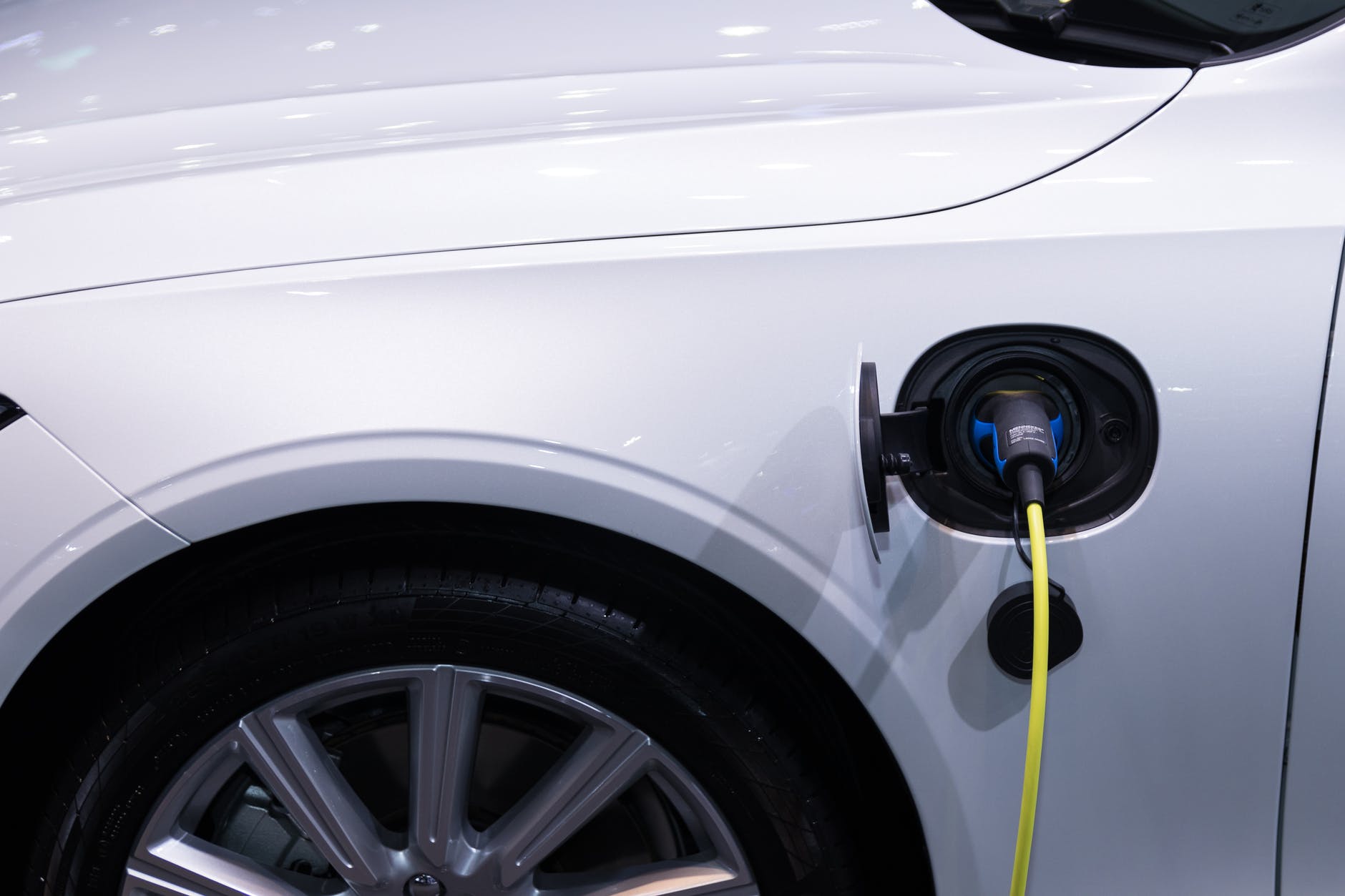
Ostensibly, 2020 was a bit of an anomaly year for many global markets and industries. The global vehicle market was no exception – taking a hit of 15% compared to 2019. Despite this, the share of the market occupied by electric vehicles (EVs) increased, and is showing no signs of slowing.
With a full picture of the market in 2020 and a clearer view of a world post-pandemic, how does the EV market look so far in 2021 and beyond?
Rounding up 2020 in EVs
2020 was a landmark year for electric vehicle sales. As the overall vehicle market experienced a dip, the EV share of the market increased by 70% to a record 4.6%. In Europe, market share increased from 3.2% in 2019 to 10%, and overall EV sales more than doubled – putting Europe head and shoulders above the rest of the world in terms of market growth. This rapid growth is most likely down to policy – 2020 was a target year for the EU’s emission standards, limiting the amount of CO2 per kilometer for new cars. Also, many European governments increased subsidy schemes for EVs as part of stimulus packages bought in to counteract the effects of the pandemic. This uplift in the market was also reflected in demand for EV batteries – automotive lithium-ion battery production increased 33% in 2020 to 160 gigawatt-hours.
2021 so far
Year-to-date, the market shows no sign of slowing down its rapid growth. In the UK, 31,800 EVs were sold in the first 3 months of 2021, accounting for 7.5% of new car sales. As of June, new registrations of plug-in electric vehicles have increased 131% year-on-year. The number of diesel car registrations has dropped by 21.7%, and the market share of petrol vehicles has decreased from 60.1% to 48.6%. Globally, interest in buying EVs has increased from on average 40% in 2019 to 55% at the start of 2021.
Future outlook
In 2021, 18 of the 20 largest OEMs have announced plans to reconfigure their product lines and processes to shift to only selling electric vehicles within the next decade. These include Volvo and Ford, who have committed to only selling EVs by 2030, and Volkswagen, who have targeted 70% EV sales in Europe. This aligns with the plans of several countries to ban the sale of non-electric vehicles by as early as 2025. This gauntlet thrown down by some of the market’s major players has driven a projection of a significant 55-72 million global electric vehicle sales in 2025 – to put that growth into perspective, the current projection for 2021 is 16-22 million vehicles.
Challenges and opportunities
The continued growth of the EV market is dependent on continued development in the technology surrounding it. In 2020, the average range of a BEV showed the signs of a plateau – increasing just 2km from 336 to 338km compared to 2019, whereas the average range increased from 304km in 2018. The average range of a petrol vehicle is 482km, so further improvements are likely required in order to make purchasing an EV an attractive prospect for some consumers. That being said, the lithium-ion battery market is expected to increase from $41.1bn to $116.6 by 2030, as production picks up again post-COVID-19. This growth in the market would lead to declining costs, helping to bring down the costs of producing EVs, and therefore bringing down the cost to the consumer.
Elmelin are currently working with a number of automotive manufacturers to solve insulation challenges that help make electric and hybrid vehicles safer, more efficient and a more viable option for the mass market. If you’d like to find out more about our solutions for electric vehicles, get in touch.
